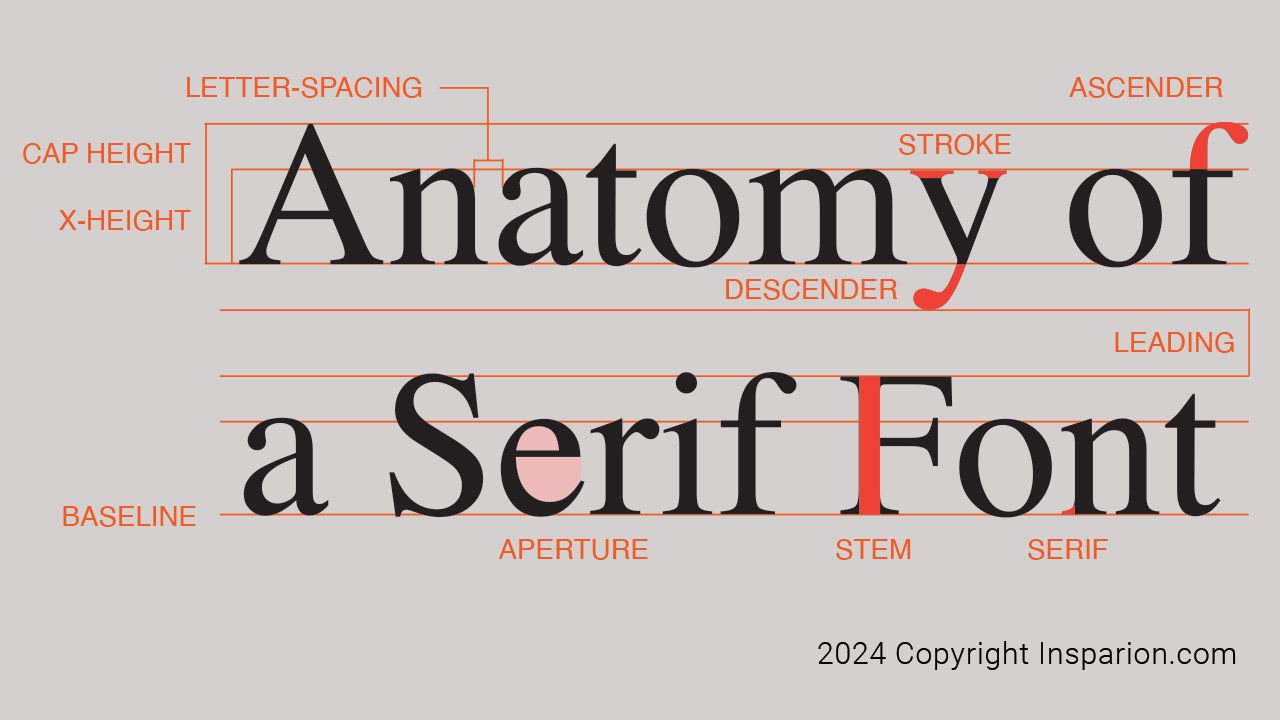
Serif Fonts: A Journey Through Typography
Aug 01, 2024Typography, the art and technique of arranging type, is an essential aspect of visual communication. From the printed pages of books to digital screens, typography shapes the way we perceive and interact with text. One of the most fundamental distinctions in typography is between serif and sans-serif fonts. Understanding the differences, origins, and applications of these two font types can significantly enhance your design projects.
The History of Typography
Typography has a rich history that dates back to Johannes Gutenberg's invention of the printing press in the mid-15th century. Before the printing press, books were meticulously handwritten by scribes, making them rare and expensive. Gutenberg's innovation revolutionized the production of books, making them more accessible and affordable.
The first typeset fonts were modeled after the handwritten scripts of the time, which were characterized by their ornate and intricate details. These early fonts, black or Gothic scripts, featured thick and thin strokes and elaborate decorations. As the Renaissance era progressed, the demand for more readable and elegant typefaces grew, developing serif fonts.
Serif Fonts
Serif fonts are characterized by the small lines or strokes attached to the ends of the main strokes of each letter. These small lines are called serifs. Serif fonts are often associated with tradition, formality, and readability. They are commonly used in print media, such as books, newspapers, and magazines, due to their legibility in long passages of text.
Historical Origins
The origins of serif fonts can be traced back to ancient Rome. Roman inscriptions on monuments and buildings often featured letters with serifs, which were believed to have been added by stonecutters to make the letters more durable and easier to read. This lettering style influenced the development of early serif typefaces during the Renaissance.
Popular Serif Fonts
Some of the most well-known serif fonts include Times New Roman, Georgia, Garamond, and Baskerville. Each of these fonts has unique characteristics, but they all share the common feature of serifs, which enhance their readability and give them a classic, timeless appearance.






